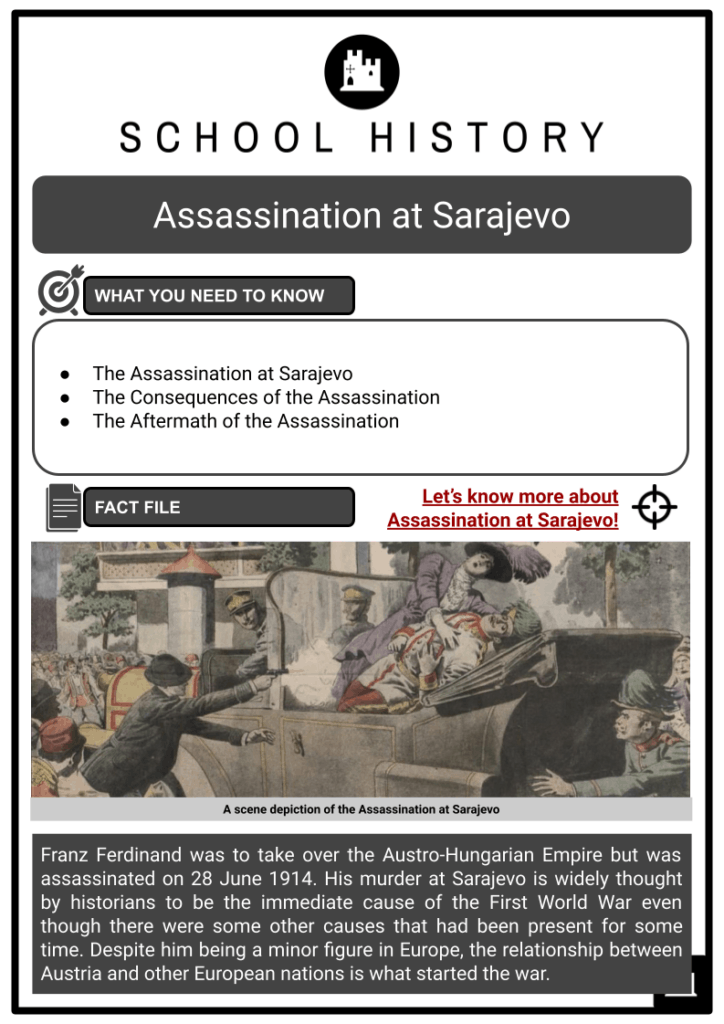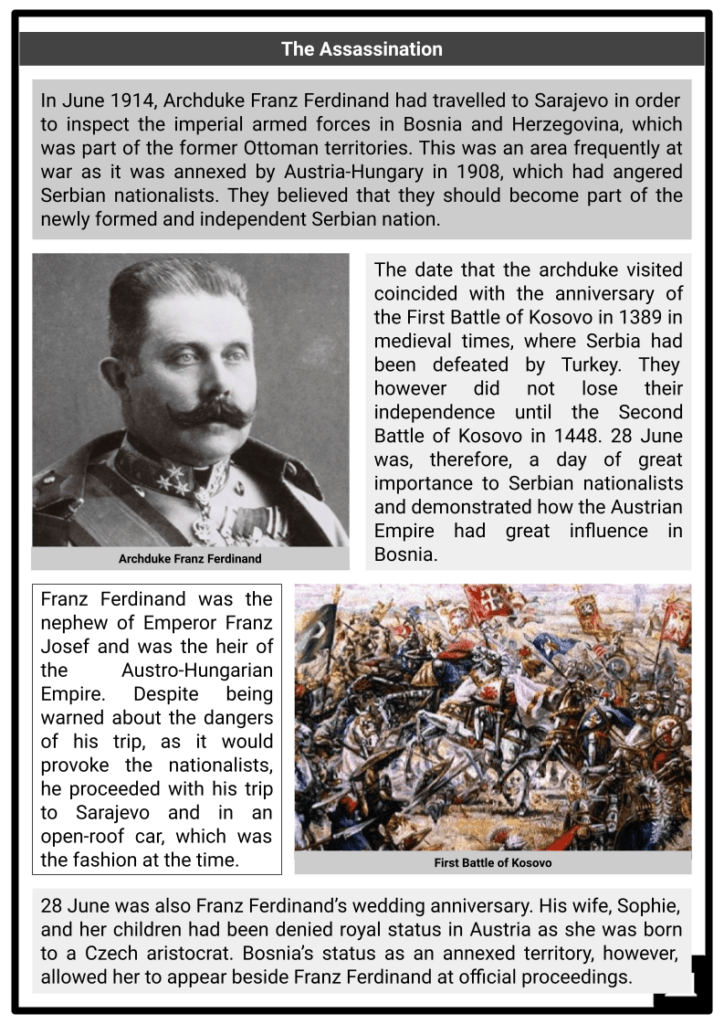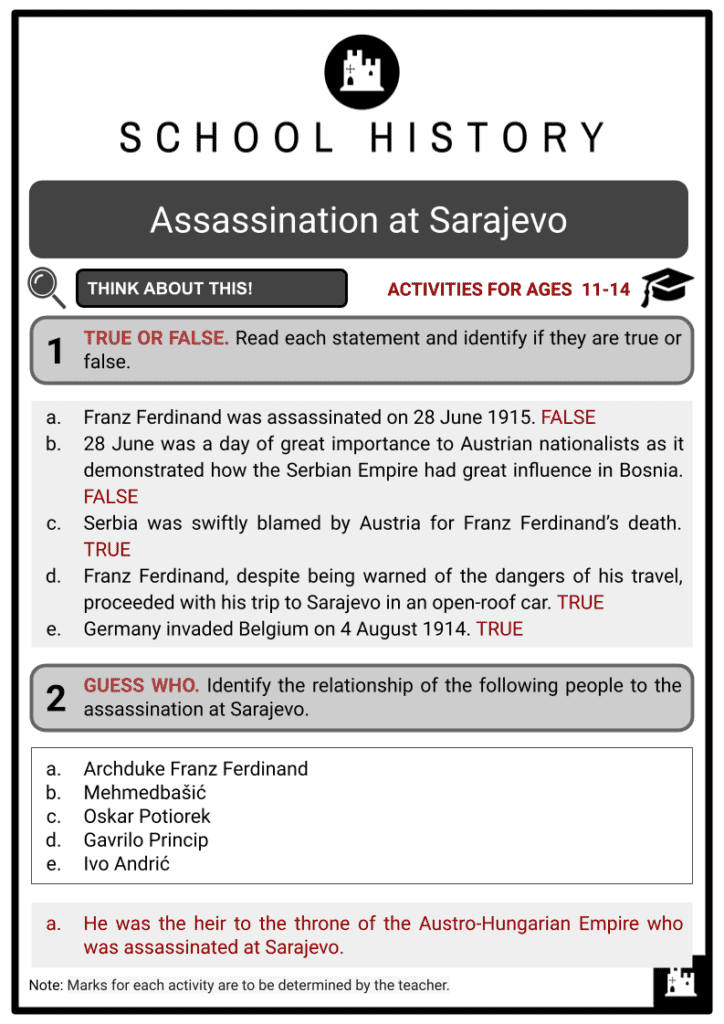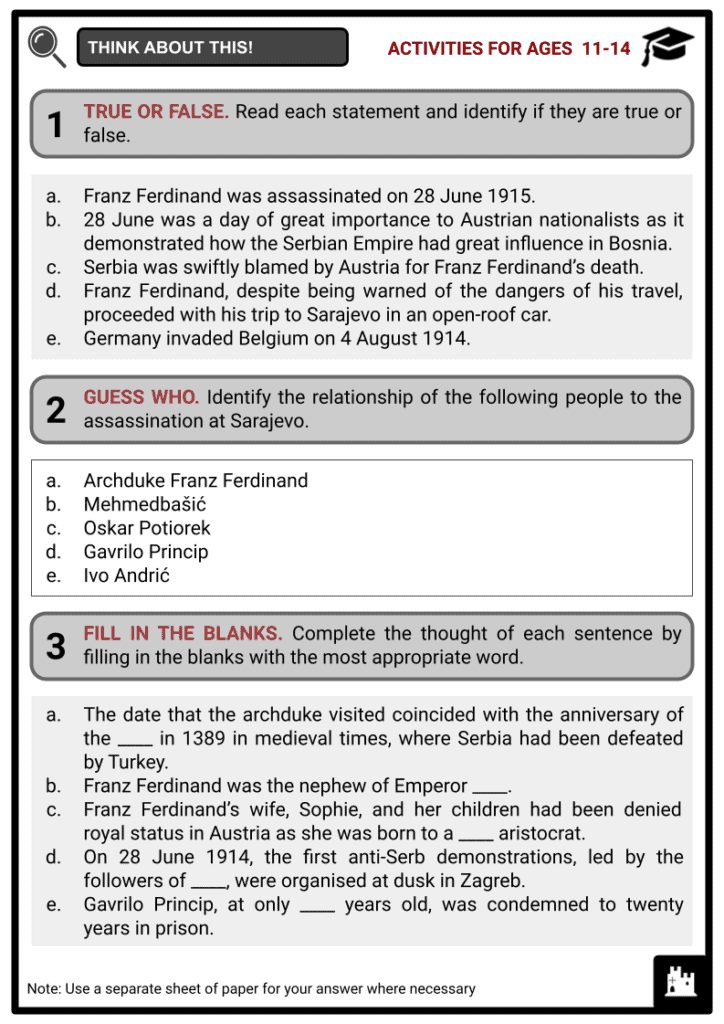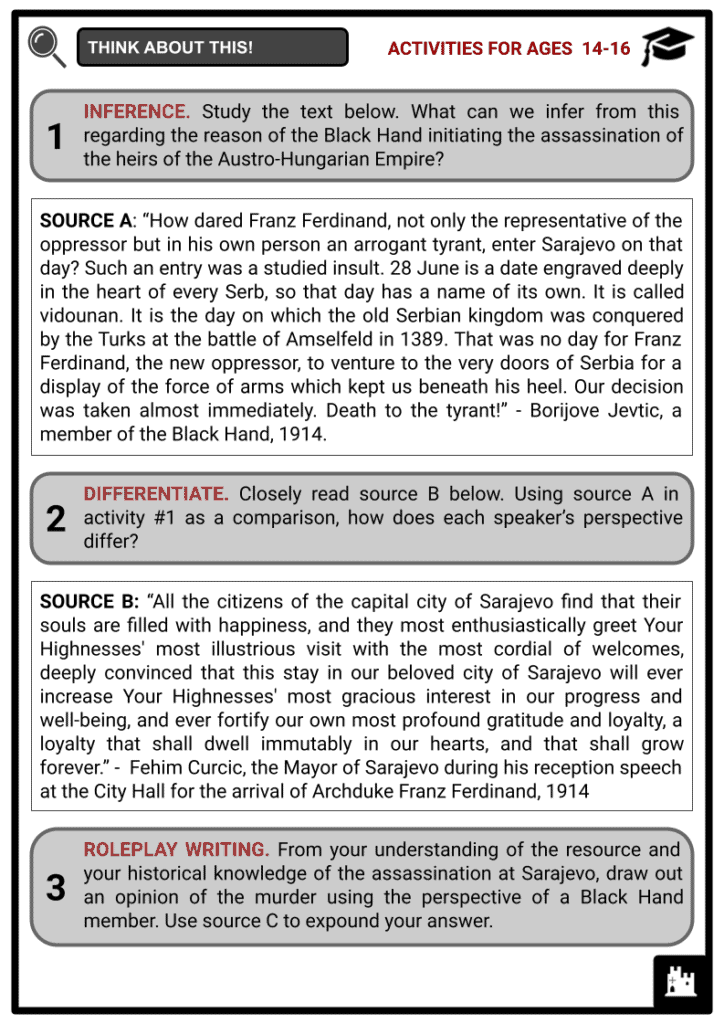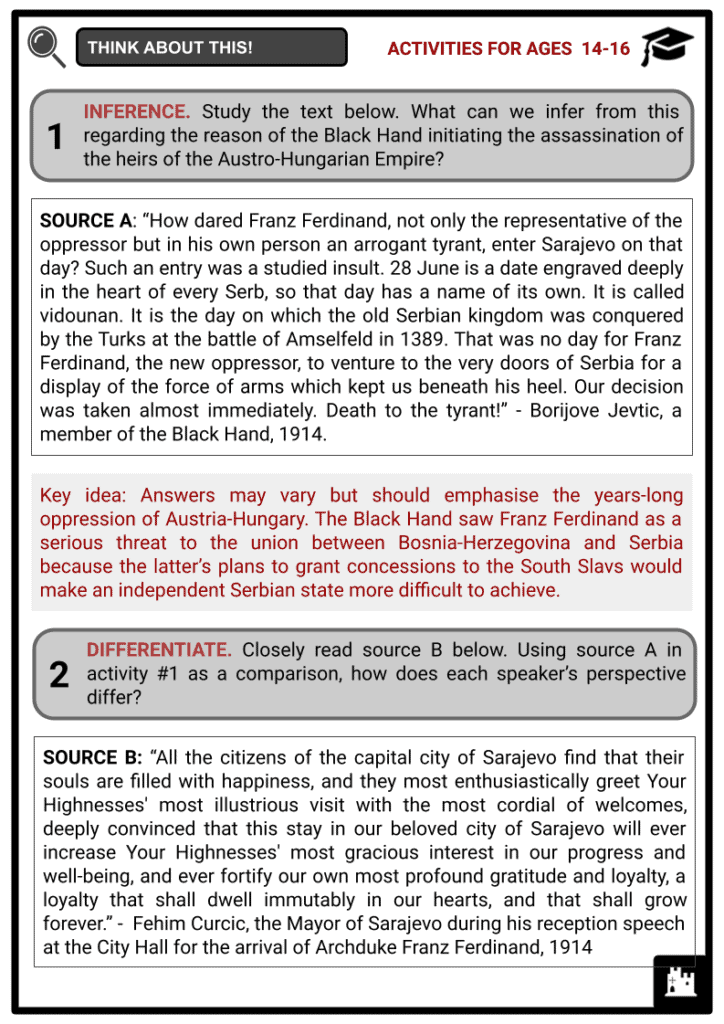Download Assassination at Sarajevo Worksheets
Do you want to save dozens of hours in time? Get your evenings and weekends back? Be able to teach Assassination at Sarajevo to your students?
Our worksheet bundle includes a fact file and printable worksheets and student activities. Perfect for both the classroom and homeschooling!
Table of Contents
Add a header to begin generating the table of contents
Summary
- The Assassination at Sarajevo
- The Consequences of the Assassination
- The Aftermath of the Assassination
Key Facts And Information
Let’s know more about Assassination at Sarajevo!
- Franz Ferdinand was to take over the Austro-Hungarian Empire but was assassinated on 28 June 1914. His murder at Sarajevo is widely thought by historians to be the immediate cause of the First World War even though there were some other causes that had been present for some time. Despite him being a minor figure in Europe, the relationship between Austria and other European nations is what started the war.
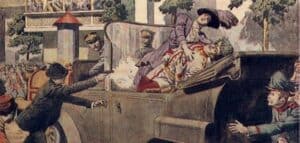
The Assassination
- In June 1914, Archduke Franz Ferdinand had traveled to Sarajevo in order to inspect the imperial armed forces in Bosnia and Herzegovina, which was part of the former Ottoman territories. This was an area frequently at war as it was annexed by Austria-Hungary in 1908, which had angered Serbian nationalists. They believed that they should become part of the newly formed and independent Serbian nation.
- The date that the archduke visited coincided with the anniversary of the First Battle of Kosovo in 1389 in medieval times, where Serbia had been defeated by Turkey. They however did not lose their independence until the Second Battle of Kosovo in 1448. 28 June was, therefore, a day of great importance to Serbian nationalists and demonstrated how the Austrian Empire had great influence in Bosnia.
- Franz Ferdinand was the nephew of Emperor Franz Josef and was the heir of the Austro-Hungarian Empire. Despite being warned about the dangers of his trip, as it would provoke the nationalists, he proceeded with his trip to Sarajevo and in an open-roof car, which was the fashion at the time.
- 28 June was also Franz Ferdinand’s wedding anniversary. His wife, Sophie, and her children had been denied royal status in Austria as she was born to a Czech aristocrat. Bosnia’s status as an annexed territory, however, allowed her to appear beside Franz Ferdinand at official proceedings.
- During their tour of Sarajevo, with surprisingly little security, they were unexpectedly attacked by a Serbian nationalist, Nedeljko Čabrinović, who threw a grenade at them. Fortunately, the grenade rolled off the back of their car and exploded. Unfortunately, an officer and some bystanders were injured.
- Later that day, wanting to demonstrate the control his family had over Sarajevo, Franz Ferdinand decided not to stop the tour as it would have been seen as a sign of weakness by those who did not want Bosnia and Sarajevo ruled by Austria. He also wanted to visit the officer who had been injured in the attack earlier and only ordered that his route through Sarajevo be altered. His driver, however, did not fully understand his instructions.
- The driver took a wrong turn at the junction of Appel Quay and Franz Josefstrasse. The driver stopped to check for directions and as he attempted to reverse back onto the main street they encountered one of Čabrinović’s fellow nationalists and members of the Black Hand, which wanted to be done with Austrian rule. Nineteen-year-old Gavrilo Princip had been behind the grenade attack and was now trying to blend in with the crowd to avoid the police.
- Gavrilo could not believe his luck. He pulled out a revolver and shot Franz and his wife at point-blank range. He then attempted to turn the gun on himself but a bystander threw himself upon the young assassin and prevented him from doing so. A mob attacked Gavrilo who was then arrested by the police.
- Franz Ferdinand and Sophie lay fatally wounded in their open-roofed vehicle. They were rushed to the hospital but they died within the hour. A photographer amongst the onlookers captured the scene, which was printed all over the world. Shockwaves reverberated around Europe and the world at large.
- Order was restored by the military after anti-Serb rioting broke out in Sarajevo and other places within Austria-Hungary hours after the assassination. Anti-Serb pogroms and demonstrations were organised countrywide and in other parts of the Austro-Hungarian Empire (in modern-day Bosnia and Herzegovina and Croatia in particular) on the night of the assassination.
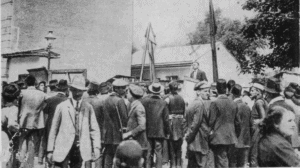
- These anti-Serb pogroms and demonstrations were organised and stimulated by Oskar Potiorek, who was the Austro-Hungarian governor of Bosnia and Herzegovina at the time. On 28 June, the first anti-Serb demonstrations, led by the followers of Josip Frank, were organised at dusk in Zagreb.
- On 29 June, the anti-Serb protests in Sarajevo became more violent and chaotic, becoming pogroms. The police and local authorities made no effort to stop the anti-Serb violence in the city. A writer at the time, Ivo Andrić, called the violence in Sarajevo the “Sarajevo frenzy of hate”.
- On the first day of the pogrom in Sarajevo, two Serbs were killed while many were attacked. Over 1000 houses, shops, schools, banks, hotels, printing houses, and other institutions owned by Serbs were attacked, demolished, and burned.
The Consequences
- Serbia was swiftly blamed by Austria for Franz Ferdinand’s death. Serbia had a reputation of encouraging the Black Hand and had also given them weapons hoping that Serbia and Bosnia would unite to form a new Balkan State. It set off a chain of reactions across Europe.
- Austria promised to retaliate by invading and conquering the Serbs. Out of panic, Serbia reignited her old friendship with Russia in an attempt to get help. Alliances were now being formed in preparation for what was to come. Each country found themselves on one of two sides, which only served to worsen the situation.
- The war against Serbia would have been an easy win for Austria, but with the Russians in the fold, it became an entirely different issue. Russia had a huge army and Austria would not have survived the war. As a result, Austria called on Germany for help. The German government agreed to this. This response, however, provoked the French government.
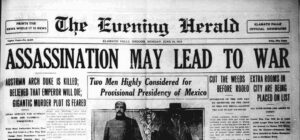
- Unknown to their rivals and allies, the German government, through the German army, had created the Schlieffen Plan. This plan was named after Schlieffen, a senior German army officer who believed that the German army was superior to any other army in Europe, but he conceded that it could not fight a war on two fronts, against the French on one front and the Russians on the other.
- He further anticipated that the vast Russian army would take up to six weeks to get prepared and mobilise its troops. During this time, they had a narrow window of opportunity to attack the French, defeat them, and send their army towards the other front to fight the Russians.
- The German High Command accepted the plan but saw a fault in it. The plan was dependent on what the French or Russians did through their actions (of provocation) and not the other way round. With the plan, the Germans were waiting to react rather than act.
- As predicted, France called up her army and Germany carried out the Schlieffen Plan. They were to attack France through Belgium not knowing what lay ahead. In 1839, Britain had given Belgium an assurance of protection if anybody tried to attack it. What followed the assassination at Sarajevo was that five out of the six countries that had signed the two treaties were on the brink of war.
- Germany invaded Belgium on 4 August 1914, and Britain, as promised to Belgium, declared war on Germany as Russia supported Britain. Austria supported Germany and only Italy was left out. Every country involved in the war thought that it was only temporary and that it would only last from August to Christmas 1914. They were wrong.
The Aftermath
- All of the organisers of the assassination of Franz Ferdinand were eventually caught. Princip was arrested immediately after having shot the archduke. At only nineteen years old, he was condemned to twenty years in prison. The only reason why he did not receive the death sentence was because he was under twenty at that time.
- Those who were in the hands of the Austro-Hungarian authorities were tried together with members who had infiltrated the country and had helped deliver them and their weapons to Sarajevo.
- One of the people implicated, Mehmedbašić, was caught in Montenegro but was able to escape to Serbia. There, he joined Major Tankosić’s movement. However, the law soon caught up with him, and in 1916, he was imprisoned in Serbia on false charges.
Image Sources:
https://upload.wikimedia.org/wikipedia/commons/b/b3/1914-06-29_-_Josip_Vancas_speaks_at_anti-Serb_gathering.png
https://i.pinimg.com/originals/a6/e5/19/a6e519c0babd24c711991cd7a1bb2e1d.jpg
https://www.smithsonianmag.com/history/curses-archduke-franz-ferdinand-and-his-astounding-death-car-27381052/

